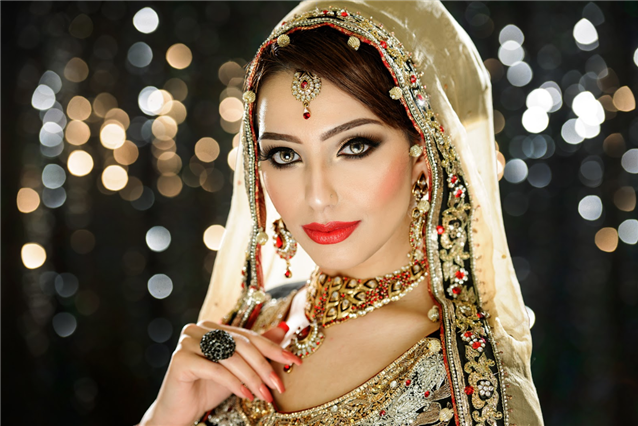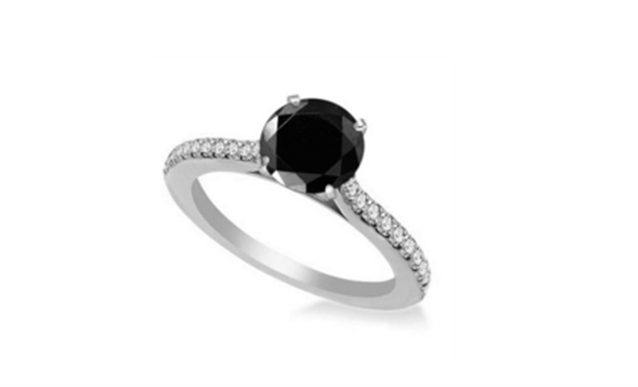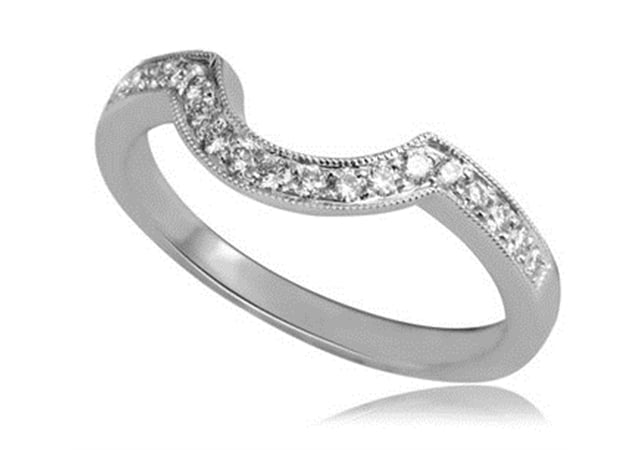Jewellery Traditions from around the World | Diamond Heaven
Jewellery carries a host of traditions, meanings and customs.
People usually wear jewellery as a way to express their personality and style. Whether you add a diamond pendant to complete and elegant outfit, or wear a pair of earrings for a show stopping look, jewellery can hold a sentimental value for all, especially special pieces gifted from a loved one or inherited from family.
In different cultures around the world, jewellery carries a host of traditions, meanings and customs that indicate things such as wealth and status. We have already looked at how the tradition of giving a wedding ring at a marriage varies throughout the world. Here are some of the many meanings behind different pieces of jewellery in various cultures across the world.
Indian Jewellery Traditions
India is renowned for exquisite jewellery, with traditions dating back 5,000 years ago. Jewellery not only has a traditional and aesthetic value, but it is also considered a source of security in financial crisis. It is rare to not see an Indian lady decorated head to toe in beautiful jewels. The amount of jewellery worn signifies the person's wealth, status and enriches their name.
The beauty of Indian jewellery lies in the uniqueness of its design and workmanship. There are three main types of jewellery in India which are bridal, temple and spiritual.
Bridal jewellery includes at least 16 different items on various parts of the body - from a bandhi (delicate chain that encircles the head) to anklets. Traditionally an ivory bangle is gifted by the woman's family as a wedding gift, when worn in uneven numbers bangles are seen to ward off bad luck.
Temple jewellery was originally used to decorate the idols of goddesses in their temple shrines. This type of jewellery is more commonly worn during festivals of worship as it is believed to offer good luck. Temple jewellery includes chunky necklaces, intricate filigree and studded gems.
Spiritual jewellery varies in different regions. Specific stones, metals and designs are used to represent different aspects of the person's religion.
Native American Jewellery Traditions
Native Americans craft beautiful jewellery predominantly using turquoise gemstones and silver. Natural materials such as feathers, sea shell fragments and basic metalworking techniques are used. Native American jewellery is often designed through geometric patterns and engraving beautiful designs onto each piece.
For certain tribes, jewellery continues to play an important role in various ceremonies, particularly marriages. The bride and groom wear jewellery with as much turquoise as possible, as it is seen to offer protection. The most important item however is the concho. The concho is a distinctive and intricately designed belt constructed from braided leather, silver and turquoise gemstones. The craftsmanship in creating this demands a lot of skill - the design and engravings can tell a story about the creator, as they are usually passed down through the generations.
African Jewellery Traditions
Africa is one of the first places people started to make and wear jewellery. Beads made from ostrich egg shells were found dating back 40,000 years. Craftsmanship has continued to improve over the years, making Africa renowned for its beauty and quality beadwork jewellery. Traditionally beads were widely traded around Africa being valued as currency, nowadays they serve a source of establishment. Gifting an old piece of African jewellery or beads is believed to provide luck, hope, wisdom and is seen to bring overall good well-being to its owner.
Many tribes in Africa continue to create stunning beadwork to make vibrant jewellery and is worn to represent different traditions in their culture. Zulu jewellery is created based on the long standing traditions - the design conveys important information about the wearer. For example, a particular necklace may indicate which family the wearer belongs to. Maasai jewellery is made based on strict rules pertaining to the colours and design of the beaded wear.
Chinese Jewellery Traditions
In China, Jade is considered one of the most valuable stones - symbolising grace, morality, protection and love. For over 7,000 years the stone has been greatly cherished in Chinese culture and often passed down through families heirlooms. The combination of beauty and durability is seen to represent the perfect balance of yin and yang, protecting the wearer from evil spirits and bad luck.
Jewellery gifts often include punching, piercing and filigree techniques, seen to bring the wearer power and strength. Clouds, flowers and foliage are commonly depicted, along with a symbolic animals. Whether that be a dragon bringing good luck and power to the wearer, or a phoenix for good fortune and opportunity. The gifting of symbolic jewellery plays an important role in Chinese culture.
Throughout the world jewellery is adored not only aesthetically, but for cultural and symbolic reasons. If you need support picking the perfect gift for a loved one to cherish, contact our helpful team on 0121 200 1300 or book an appointment at one of our branches today.






 Summer Jewellery Trends 2022
Summer Jewellery Trends 2022 Black Diamond Jewellery: Be Bold
Black Diamond Jewellery: Be Bold Your Complete Guide to Buying Wedding Rings
Your Complete Guide to Buying Wedding Rings Valentines Jewellery Gift Guide 2023
Valentines Jewellery Gift Guide 2023